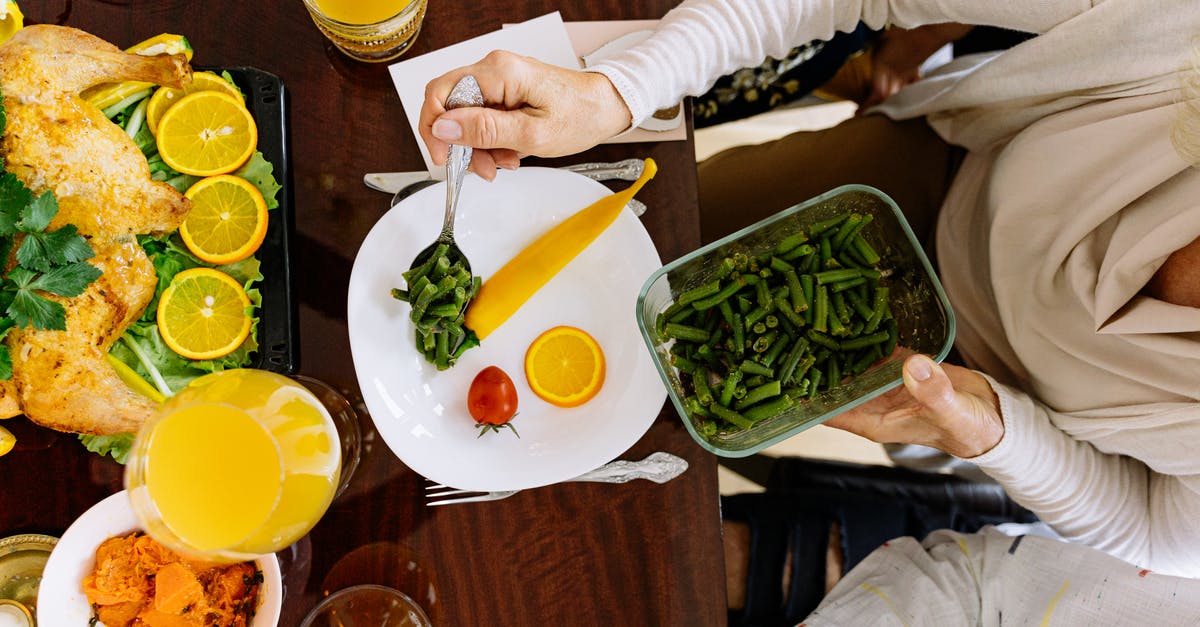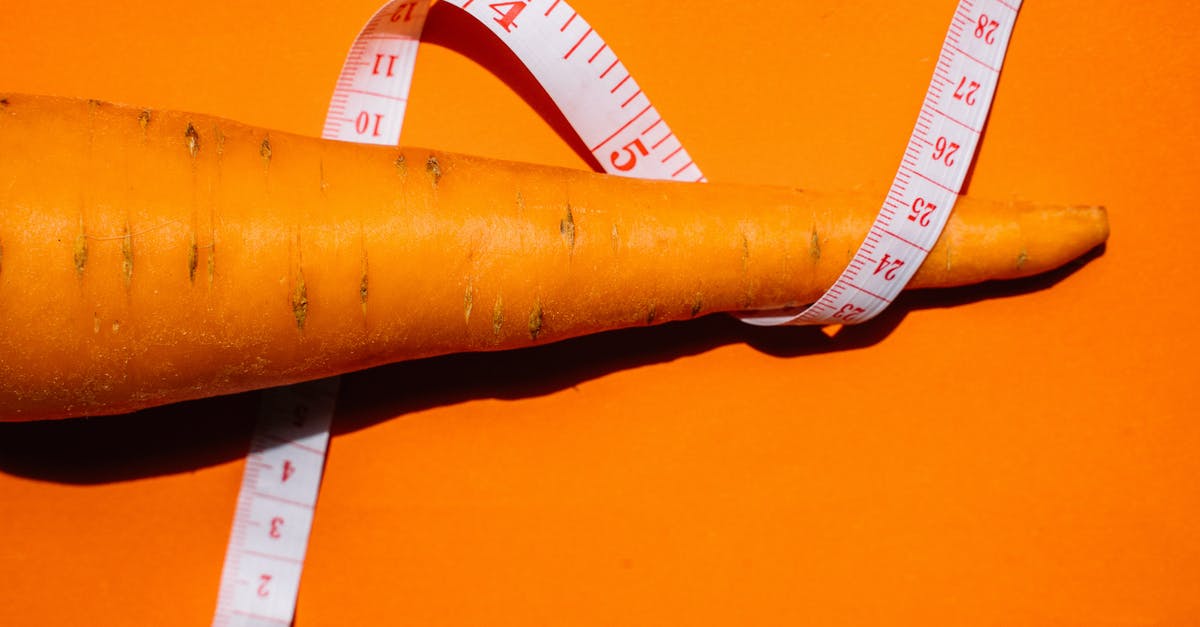What foods *require* a food processor?

I've got an immersion blender, a normal blender, and will eventually be getting a stand mixer. Are there any foods I absolutely have to have a food processor to make, where I can't use one of those?
I know I can do purees and mixing with the stick blender, and supposedly pesto too... but I'm trying to figure out if I need to plan on buying a food processor long-term. Thanks!
Best Answer
For starters, you'll almost certainly need a food processor for anything you need to mix dry, unless you've also got a heavy duty coffee grinder that you don't mind cleaning inside-out thoroughly and frequently. Conventional stationary blenders, at least in my experience, are terrible at this task, and immersion blenders aren't designed to be run dry (in fact, most of the good models come with stern warnings never to do this).
Examples of this are: Nut butters, fresh herb purées, meat purées, and homemade bread crumbs and flours. Pesto sauce also sounds like a long shot, but maybe there are customized recipes.
I've also never had any luck making cheese sauces, cheese dips, or other cheese preparations in a blender, and haven't had much better luck with my admittedly cheap stick blender. It's difficult enough with a food processor, but usually with them it's just a matter of scraping down the sides a few times. Whenever I've tried to make a manicotti filling, a mayonnaise-based tonnato sauce, a blue cheese dip or a goat cheese mousse with a blender, I've been totally unable to get a vortex going and have had to resort to the food processor to thin it out (after which I might transfer it back to the blender, but I usually don't bother).
It's an issue of viscosity, I think. Too viscous, and conventional/stick blenders are practically useless.
Now a lot of this might be possible with very high-end equipment. A Vita-Mix or Blendtec can blend just about anything, and usually comes with a tamper so you can force dry or viscous food down into the blades without risking life and limb. Also, some very high-end immersion blenders - and when I say "high end", I mean that they are labeled as "power mixers" rather than "immersion blenders" - can be run continuously and possibly even dry. But I would not want to try this on a consumer-grade stick.
I've also heard that you can do some of these things with a Magic Bullet. For those not familiar with the product or infomercials, it's basically a really tiny blender that you can pick up and shake around while it's running - ergo, much easier to do dry preparations. But the effort required is still much higher than that of a food processor.
I think that pretty much covers it. If you need to purée anything solid or even semi-solid, you'll likely regret not having a food processor.
Pictures about "What foods *require* a food processor?"



Quick Answer about "What foods *require* a food processor?"
What would I use a food processor for?
What You Can Do With a Food Processor- USE YOUR FOOD PROCESSOR TO CHOP. ...
- GRIND OR MINCE IN YOUR FOOD PROCESSOR. ...
- PUREE WITH YOUR FOOD PROCESSOR. ...
- USE A FOOD PROCESSOR TO MIX OR BLEND. ...
- SHRED OR GRATE WITH A FOOD PROCESSOR. ...
- SLICE WITH A FOOD PROCESSOR. ...
- KNEAD DOUGH IN YOUR FOOD PROCESSOR.
What should you not put in a food processor?
What Should You Not Put In A Food Processor?12 Easy Ways to Use a Food Processor | Kitchen Essentials | You Can Cook That
More answers regarding what foods *require* a food processor?
Answer 2
Anything that you want to pulse, so you're not completely liquifying it like in a blender pretty much requires a food processor. Which conveniently, happen to be some of the things that Aaronut already mentioned:
- bread crumbs
- meat purées (or even a quick grind for making chili)
- vegetables (when I'm making large batches of meatloaf, tomato sauce, etc.)
It works rather well for mixing some types of dough (pasta, brioche, pie crusts), which don't come out quite as well (in my opinion) in a stand mixer.
But for the 'can't live without it' feature of the food processor -- grating stuff up. Semi-firm cheese (eg, cheddar), carrots, potatoes, etc. Faster, and less potential injury than breaking out the box grater if you're doing any significant amounts.
Answer 3
None. No food prep requires a food processor. It makes a number of things easier–but I haven't owned one (or needed one) in 20 years of home and restaurant cooking.
Answer 4
You might also give some thought to getting a mini food processor before a full size one. They are less expensive, of course, but they can also do some things a larger one can't. Specifically, they are much better at making small batches of things like pesto, chimichurri or chermoula. In a large food processor, a small batch of those things won't even reach the blades. I used this model for years with great success. (Now I bought a high end stick blender that also has a mini-food processor attachment. This kicks butt but you already have a stick blender.)
Answer 5
I am with Bruce on this one. Food processors are notorius for time-consuming clean up -- often you will exchange the time that you saved on food prep for time at the sink washing the various parts. Minimalists can get by with quick knife skills, and a good blender. (Note: to get chunky results from your blender: do the prep in small batches, and remove each amount as soon as it is partially blended -- just a few quick seconds at low speed is sufficient).
Answer 6
I drag my Cuisinart out mostly for grating and shredding. Coleslaw, for example, requires me to shred most of a cabbage, and two carrots. It takes just seconds with the food processor. A hand grater and a mandoline could probably cover a lot of this ground, but it would take longer. One thing's for sure: your blender isn't going to help you grate cheese or shred cabbage.
Answer 7
None.
The food processor is something to have if you don't have a stick blender, grinder, mandoline, etc. It's a sporkish machine designed to do the jobs of 5 other tools, badly.
I just recently got rid of my food processor after acquiring a Preethi Food grinder. With that, a mandoline, an immersion blender, and a good box grater, I find I haven't used my FP in a year.
All that being said, FPs are bizarrely effective for pie crust, quick pizza crust and other low-gluten doughs. Personally, I prefer to make these by hand-mixing, but if you do a lot of pie, I could see keeping an FP around.
Answer 8
Some recipes for no-egg and/or non-dairy mayonnaise are very easy with a food processor with an emulsifying disk and very unreliable or difficult with other tools.
Sources: Stack Exchange - This article follows the attribution requirements of Stack Exchange and is licensed under CC BY-SA 3.0.
Images: ROMAN ODINTSOV, ANTONI SHKRABA, RODNAE Productions, Anna Tarazevich
